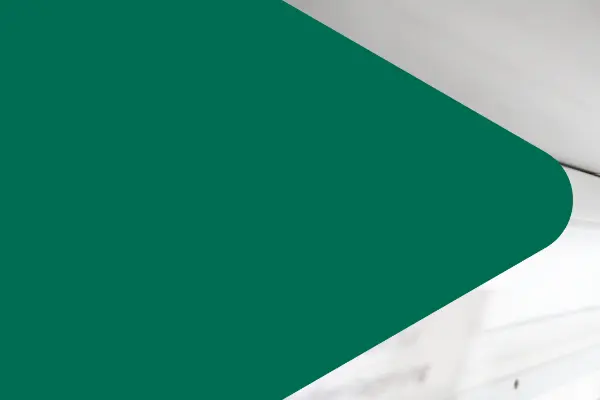
Are Your Dangerous Goods Classified for Safe and Compliant Transportation?
Avoid delays and risks with properly classified and labelled hazardous goods.

Are Your Dangerous Goods Classified for Safe and Compliant Transportation?
Avoid delays and risks with properly classified and labelled hazardous goods.
UN Transportation Testing and Classification
Accurate Classification of Dangerous Goods for Transport
In the interest of public safety, transportation regulations from the UN and the US Department of Transportation (DOT) require the classification of certain types of dangerous goods for transport. They also define appropriate tests and procedures to facilitate this classification.
If these chemical substances are not properly identified and packaged for safe transport, they can pose a threat to human lives or the environment. Their accidental release could result in fires and explosions or other catastrophes. Accurate, thorough testing provides protection against the risks to life and property inherent in the transportation of hazardous materials in commerce.
We provide the full suite of tests for the transportation classification of dangerous goods prescribed by UN and DOT regulations. Our GLP and ISO 9001 compliant testing laboratory is equipped to handle powders, liquids, gases and vapors , even those classified or believed to be toxic, highly active or controlled. These facilities, together with our expertise, assist clients in complying with regulatory requirements relating to the transportation of hazardous substances.
Get in touch with an expert for a free quote
Benefits of DEKRA’s Transportation Testing and Classification Services
Our services deliver more than compliance—they provide operational security and efficiency:
Our Comprehensive Approach to Dangerous Goods Transportation
Our testing of dangerous goods for transport is based on the UN classification system and includes the full suite of recommended methods and procedures. These include:
UN class 1 (Explosives):
BAM fall hammer, BAM friction and Koenen tube test to measure ignition sensitivity
Time / pressure, UN gap test and fire analysis to measure explosion severity
UN class 2 (Aerosols):
Tests for chemical heat combustion, ignition distance, enclosed space ignition, mist flammability and more
UN class 3 (Flammable Liquids):
Flash point, fire point and sustained combustion testing
UN Class 4:
- Division 4.1. (Self-reactive substances and highly-flammable solids):
Adiabatic storage test to determine the SADT, self-accelerating decomposition temperature
Burning rate test to determine the ability of a substance to propagate combustion
- Division 4.2 (Self-heating solids, pyrophoric solids and liquids):
Pyrophoricity test to determine the pyrophoricity of a substance
Self-heating test to determine the ability of a substance to undergo oxidative self-heating
- Division 4.3 (Substances evolving flammable gases when in contact with water):
Filter paper and conical tests to determine whether reaction with water produces dangerous gases which may be flammable
All of these tests are performed in accordance with the methods described in the UN and DOT recommendations on the transport of dangerous goods.
Why Choose DEKRA for Dangerous Goods Classification?
DEKRA is a global leader in testing, classification, and regulatory compliance for dangerous goods transport. Companies trust us because:
FAQ about UN Transportation Classification
Understanding the risks of transporting certain potentially hazardous substances is essential to operating safely and in compliance with UN mandated transport regulations. Our experience paired with our world-class laboratories provide you with all the tools you need to ensure safe delivery of goods. We are not only equipped to test and classify substances according to required standards, we can also offer sound advice on the safest options to suit your specific needs and education on related topics. Let us share our knowledge and empower your company to achieve the highest levels of transport safety.
Q: Why should I use testing and classification services for transport of dangerous goods?
Q: What types of substances are classified?
Q: How are explosives (class 1) tested?
Q: Which tests are carried out on aerosols (class 2)?
Q: What does class 4 testing involve?
Q: Which tests are carried out on class 5 substances?